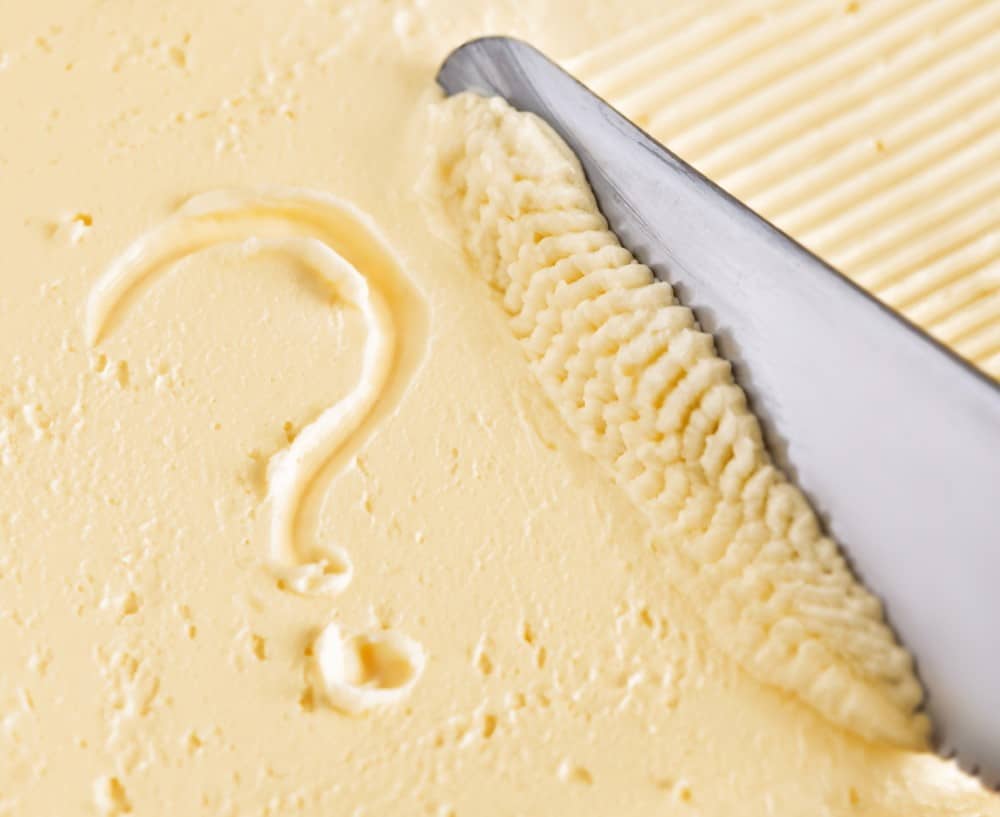Dr Jennifer Geissert, Doctor of Physical Therapy, Carnivore Education and Coaching
Dr Jennifer Geissert, Doctor of Physical Therapy, Carnivore Education and Coaching

The carnivore diet is simple. Just eat meat. And even eggs and dairy if you can tolerate them. That’s it. But some people feel overwhelmed without a bit more guidance than that, and they often ask specific questions such as “How much fat should I eat?” Or sometimes it’s “How much protein should I eat?” or “How many calories should I eat?” I hope to be able to answer all those questions for you today.
After eating this way for over a year myself, I finally have an answer besides “it depends.” Here’s what I tell people.
For those that insist on tracking this type of thing, the simplest advice for starting out is to eat about 1 gram of fat and 1 gram of protein per pound of desired body weight. If your desired body weight is more than 50 pounds away from your current weight then I don’t suggest using your desired body weight. Use a goal weight that is no more than 50 pounds away from where you are right now.
Keep in mind that there are 9 calories in a gram of fat and only 4 calories in a gram of protein so a 1:1 ratio of fat to protein will mean that about 70% of your calories are coming from fat. For example, if you eat 150 grams of fat and 150 grams of protein per day, then you’ll be getting just under 2000 calories and 69% of those calories are from fat.
This is a really common macro percentage on this diet. Most carnivores who eat fatty animal foods naturally end up getting about 70% of their calories from fat unless they’re adding A LOT of additional fats like butter and tallow or they’re choosing really lean meats like chicken breast and seafood.
Many people feel great at around 70% fat and they never need to change anything. They may not even be tracking. They simply eat and enjoy their food. But depending on YOUR goals, you may want to tweak your macros a little.
Some carnivores go as high as to get 80-90% of their calories from fat. This is typically most beneficial if you have significant healing to do (like hormonal problems and autoimmune conditions), or you’re trying to stay in a higher level of ketosis. People with poor insulin sensitivity, reproductive issues like PCOS or amenorrhea, or those with mental health issues often thrive on the high ketone levels provided by a super high-fat carnivore diet.
You won’t be able to get this much fat without trying. You’ll have to choose particularly fatty cuts of meat such as 73/27 ground beef, short ribs, and pork belly, and you’ll probably also have to eat quite a bit of pure animal fats like butter, tallow, or fat trimmings. Don’t get me wrong, it’s delicious. But it’s not always easy for everyone to do.
On the other hand, if you start out at 70% fat, but find that you’re having issues like diarrhea or you’re having difficulty reaching your body composition goals then decreasing your fat percentage may be the best move. It’s not uncommon for carnivores to decrease their fat to about 60%, and find that that’s where they feel their best. In order to get fat this low, you’ll likely have to choose some leaner carnivore options such as chicken, seafood, lean beef, and egg whites. You’ll still be eating plenty of fat to support your hormones, but you may find that you’re not quite as satiated. Or you may find it to be super easy and nourishing. We’re all a little different after all.
Because of the calorie difference between fat and protein, it can be a little complicated to determine your fat percentage. But don’t worry, I’ve got you!
I actually built a calculator just for you, and you can use it for free! Go to https://www.delightedtomeatyou.com/calculator to plug in your macros and find out exactly what percentage of fat you are eating on a carnivore diet. Over there, I’ll give you more tips about how and why you might tweak things.